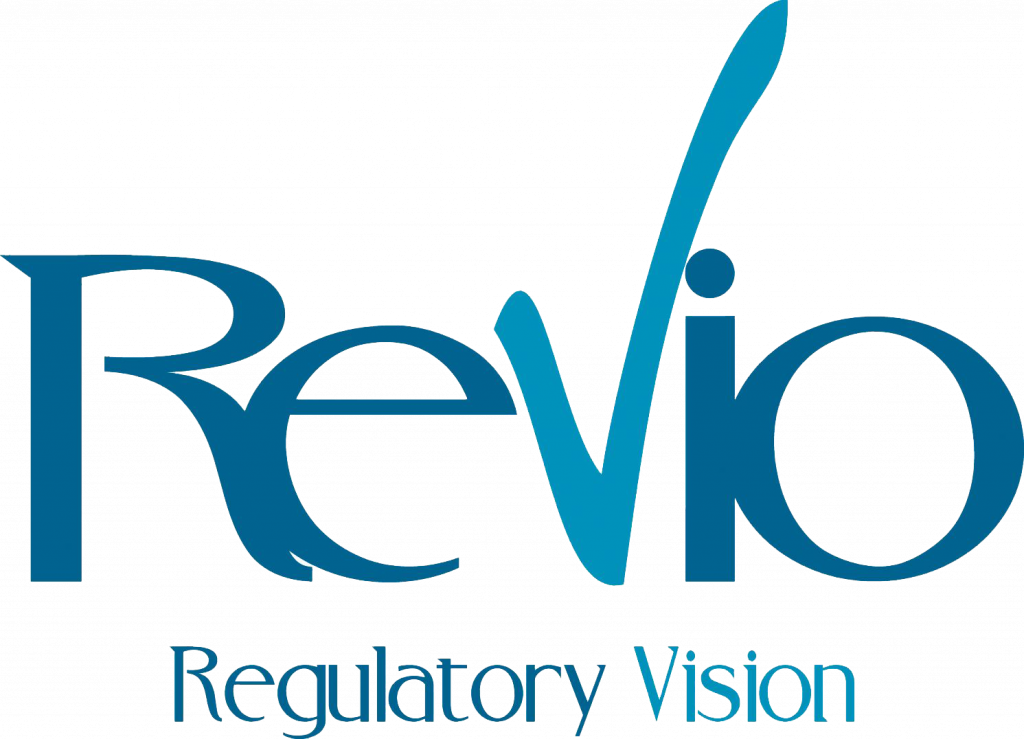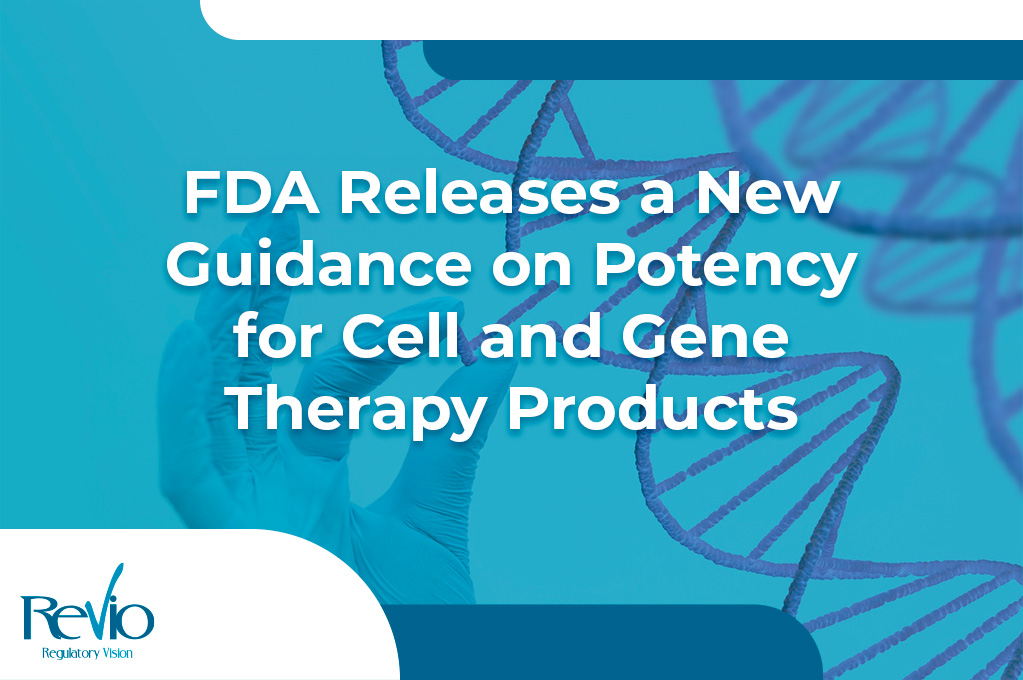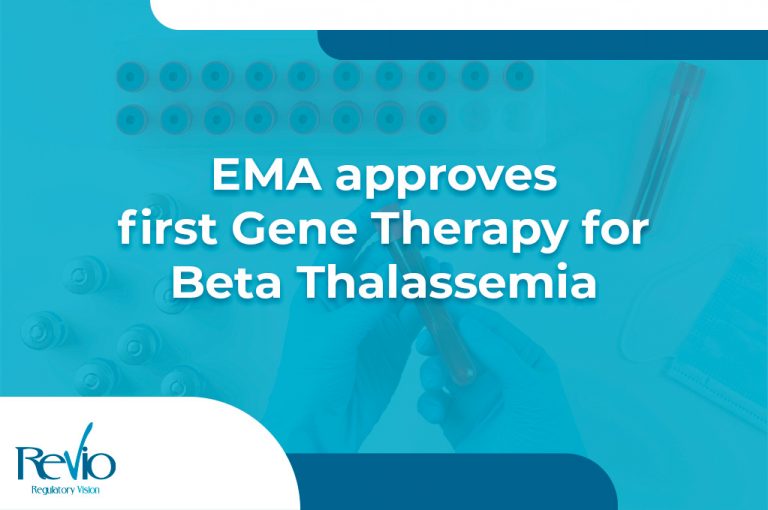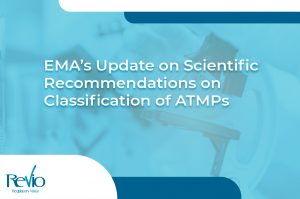Today, we at Revio are excited to share that the Food and Drug Administration (FDA) has announced the availability of a new draft guidance, titled “Potency Assurance for Cellular and Gene Therapy Products.” This draft guidance offers recommendations for developing a science- and risk-based strategy to ensure the potency of human cellular and gene therapy products.
A potency assurance strategy is a comprehensive approach to ensure that every batch of product released possesses the specific ability or capacity to achieve the intended therapeutic effect. This strategy minimizes risks to product potency through thoughtful manufacturing process design, rigorous manufacturing process control, stringent material control, in-process testing, and detailed potency lot release assays.
Open for comments until March 27th, the draft guidance helps sponsors to develop their potency assurance strategy:
- Quality Risk Management and Assurance of Potency
At all stages of the product lifecycle, quality risk management should be used to assess risks to product potency and to reduce those risks to acceptable levels. Following concepts should be considered when designing a potency assurance strategy:
- Quality target product profile (QTPP)
- Control strategy
- Critical quality attributes (CQAs)
- Critical process parameters (CPPs)
- Risk assessment
- Risk reduction
- Applying Prior Knowledge and Experience
It is recommended to use any relevant information available, like experience from manufacturing and testing a similar product, published information, or established scientific principles. Prior knowledge and experience with a specific product class can also help you to identify potency related CQAs and assays to measure and control these CQAs.
- Gaining Product and Process Understanding
Advice is given in the guidance to different stages of development that sponsors should consider when developing an effective potency assurance strategy:
- Mechanism of action
- Nonclinical studies
- Product characterization and identifying CQAs
- Establishing a relationship between CQAs and potency
- Impact of material quality on potency
- Process characterization and identifying CPPs
- Risk Assessment
Risk assessments should start with identifying what might go wrong: what are the factors that might adversely affect the potency of your product during and after manufacturing? Identifying risks to potency would be most effective when the product’s MOA and potency-related CQAs are well understood and the risks to potency-related CQAs can be determined with confidence.
- Design of the Manufacturing Process
Sponsors should design their manufacturing process with the goal of consistently producing potent lots. Process development studies and process design do not need to be performed under Current Good Manufacturing Practice (CGMP) conditions.
A major contributor to the variability of cellular products is the inherent variability of cellular staring materials, and manufacturers should assess the impact of such variability on product potency.
- Control Strategy
The control strategy should mitigate any unacceptable risks to product potency, for this, it is recommended to include the following elements, as applicable for the stage of the product lifecycle:
- Control of materials
- Process parameters
- In-process testing
- Lot release testing
- Continued process verification
- Progressive Implementation of a Potency Assurance Strategy
A strategy throughout all stages of the product lifecycle should be defined, but during the early stages of product development some aspects may not be fully mature. As sponsors accumulate manufacturing experience and clinical data, the risk assessments, manufacturing process, and control strategy should be progressively refined, with the goals of maintaining product potency and strengthening potency assurance.
- Requesting FDA Advice on a Potency Assurance Strategy
Lastly, sponsors should engage with CBER early in development for feedback on the potency assurance strategy and the plans for developing potency assays. It is also recommended to consult CBER before making major changes to the potency assurance strategy.
This is just a glimpse of what the FDA’s new draft guidance on potency for cell and gene therapy products entails. For the full document, you can check it out here: https://www.fda.gov/media/175132/download
Additionally, we’ve launched a dedicated webpage to bring you the latest updates, guidance, and developments. Follow us on LinkedIn for more.
We hope you find this insightful and interesting. If you would like to discuss any of these updates with the team at REVIO, please get in touch here




